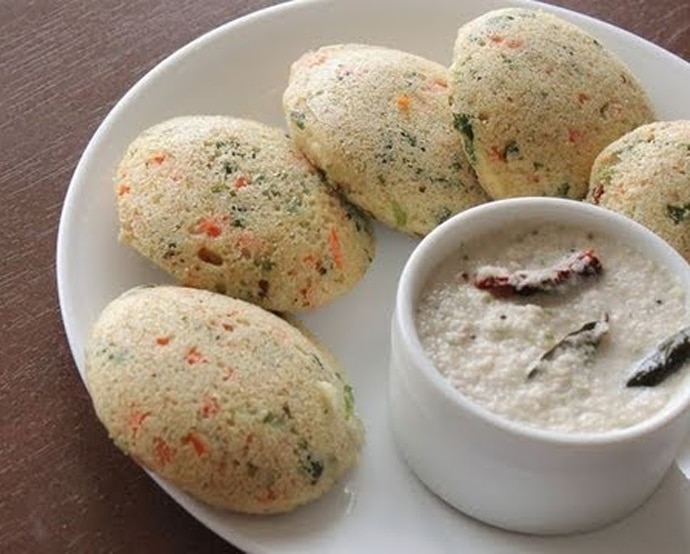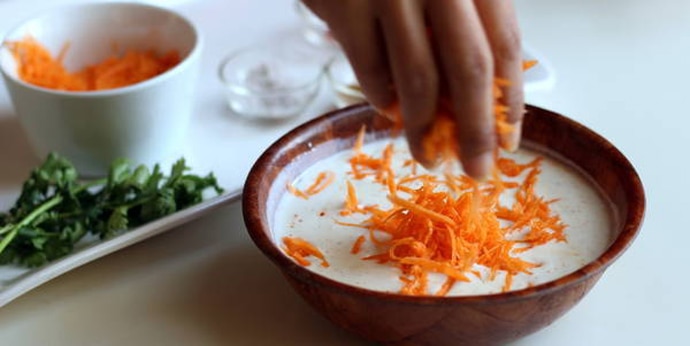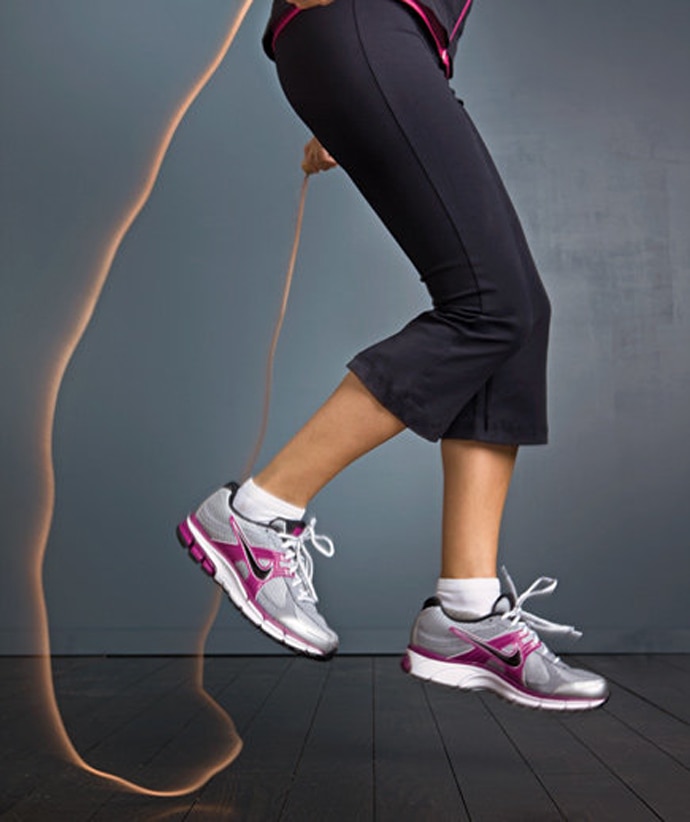Food and fitness goals that don't make you work hard to lose weight

There is already an overload of health counsel - eat this, not that, max your exercise, feed your soul, have vitamin X for Y, and vitamin Y for X, et al. But, most of the information out there is unfortunately just a rehash of the same old "safe" topics that people want to know about (hence, they get written about again and again).
GI (Glycemic Index) and GL (Glycemic Load) too have been written about enough, but there are two fairly new indices that haven't got much press yet - and focussing on these two can help you tailor your health and your weight far better:
Fullness Factor (FF)
The bottom line is that satiety, or the ability of a food to keep you full longer is what works to help keep your weight in check. And satiety is not just a matter of how much you eat, but also the foods you choose.
 |
Developed by Australian researcher Dr Susanna Holt and her associates at the University of Sydney, the FF index does just that.
It ranks foods based on their satiety quotient after considering the calorie, protein, fibre, and fat content of foods.
The big advantage is that unlike GI and Gl, which only work with carbohydrate-rich foods, FF can be calculated for any food you can think of and gives you a complete picture of how long the food will keep you satiated - to not make you feel hungry again.
 |
Basically, using this list you can choose foods that are more satisfying per calorie they provide.
Here's a peep: bulky high-fibre foods such as fruits and vegetables rate high, while high-fat foods rank low since they provide more calories for a small portion; cakes, doughnuts, and cookies (high in fat and sugar) are at the bottom of the heap.
 |
Some more examples: muesli is only half as satisfying as oats, oranges are more satisfying than bananas, popcorn can keep you full for really long, and baked potatoes are more than three times as filling as white bread.
In fact, boiled potato (not fried) is one of the highest satisfying foods in the index.
Bean sprouts, broccoli, cabbage, carrots, and watermelon feature high up too. This index is an effective way of choosing foods that are great to keep us full with lower amounts of calories.
Metabolic Equivalent of Task (MET)
You must have noticed this term mentioned on exercise bikes in your gym and probably guessed that it is related to exercise. But there's lots more to it!
So what exactly is MET or Metabolic Equivalent of Task? Simply put, metabolic equivalent is a way to measure the intensity of physical activity.
 |
One MET is the energy our body uses when we sit still. MET values of activities range from 0.9 (sleeping) to 23 (running at 22.5 km per hour).
Basically, as we keep stepping up the exercise, the MET goes up. For example, walking is considered to be four METs as it requires four times the energy expenditure as rest.
Similarly, while cycling at a modest pace, you'll probably burn three to six METs and while jogging or doing aerobics you will burn more than six METs.
 |
So, why is it important? MET helps quantify the energy we are burning, and is thus a simple way to track and plan our exercise, according to our goals.
For those trying to stay healthy, moderate MET is enough, but if the aim is to lose some weight, one needs to opt for higher MET activities like running, jogging (8 MET) or rope jumping (10 MET) - and avoid lower MET activities.
By the way, watching TV is just 1 MET. That tells you something!
This is a valuable index to modify your exercise schedule according to your goals and get the most out of it.

